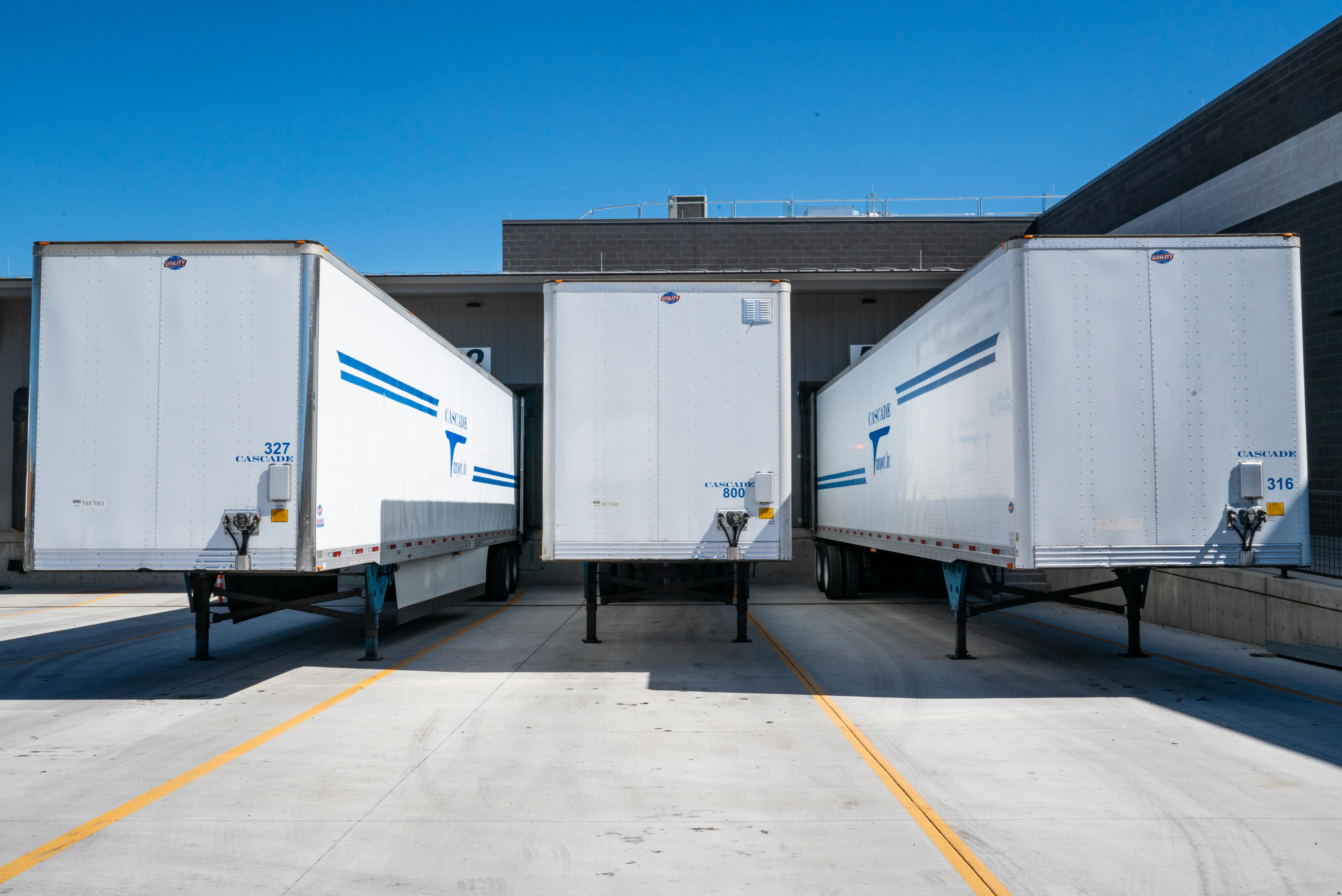Digital Tools Powering Smarter Supply Chains

Q1. Could you start by giving us a brief overview of your professional background, particularly focusing on your expertise in the industry?
I bring over 10 years of experience in supply chain management, having worked with Tata, JCB, and MG Motors, where I led projects in procurement, supplier development, and EV thermal systems. I have managed multi-million-dollar sourcing portfolios and localization programs with over 85% supplier alignment.
Q2. How do shifting policies—like proposed GST hikes on luxury EVs or import duty reductions for CKD kits—affect your supply chain decisions and cost planning?
Policy changes directly impact landed cost; GST hikes on luxury EVs can raise sticker prices by 4–5%, forcing localization efforts. Conversely, CKD duty cuts reduce component cost by 10–12%, making global sourcing hubs like China and ASEAN far more attractive.
Q3. What role do digital tools (AI, blockchain, IoT) play in improving transparency and efficiency in the EV supply chain?
AI has helped cut forecasting errors by up to 30%. Blockchain is crucial for tracing cobalt, lithium, and nickel, which are key to ESG audits. IoT-enabled fleet monitoring can reduce logistics downtime by 15–20%, giving supply chains predictive control.
Q4. How are sustainability requirements (carbon footprint, ESG compliance, circular economy) changing supply chain decisions?
Suppliers with renewable energy usage (30–40% solar mix) and battery recycling tie-ups are prioritized. In fact, ESG-compliant supply chains attract financing costs that are 10–15% lower, making sustainability a business imperative, not just a compliance requirement.
Q5. How do supply requirements differ across urban vs. rural EV markets, and what share of demand currently comes from each?
Approximately 70–75% of EV demand is urban/semi-urban, primarily driven by passenger cars and fleet vehicles. Rural adoption is slower but is rising, mainly in 2- and 3-wheelers, where the upfront cost is 20–25% lower than in urban-focused models.
Q6. Who are the main competitors you track closely because of their innovations in supply chain or procurement practices?
Globally, Tesla and BYD control >35% of EV volumes with integrated battery supply chains. In India, Tata Motors dominates with a market share of over 70% in the EV sector, while Ola and Ather are reshaping the 2-wheeler supply chain with digital-first, localized procurement.
Q7. If you were an investor looking at companies within the space, what critical question would you pose to their senior management?
What percentage of your supply chain is localized today, and how insulated are you from lithium price swings (which jumped 180% in 2022)? Because resilience and localization drive long-term competitiveness.
Comments
No comments yet. Be the first to comment!
